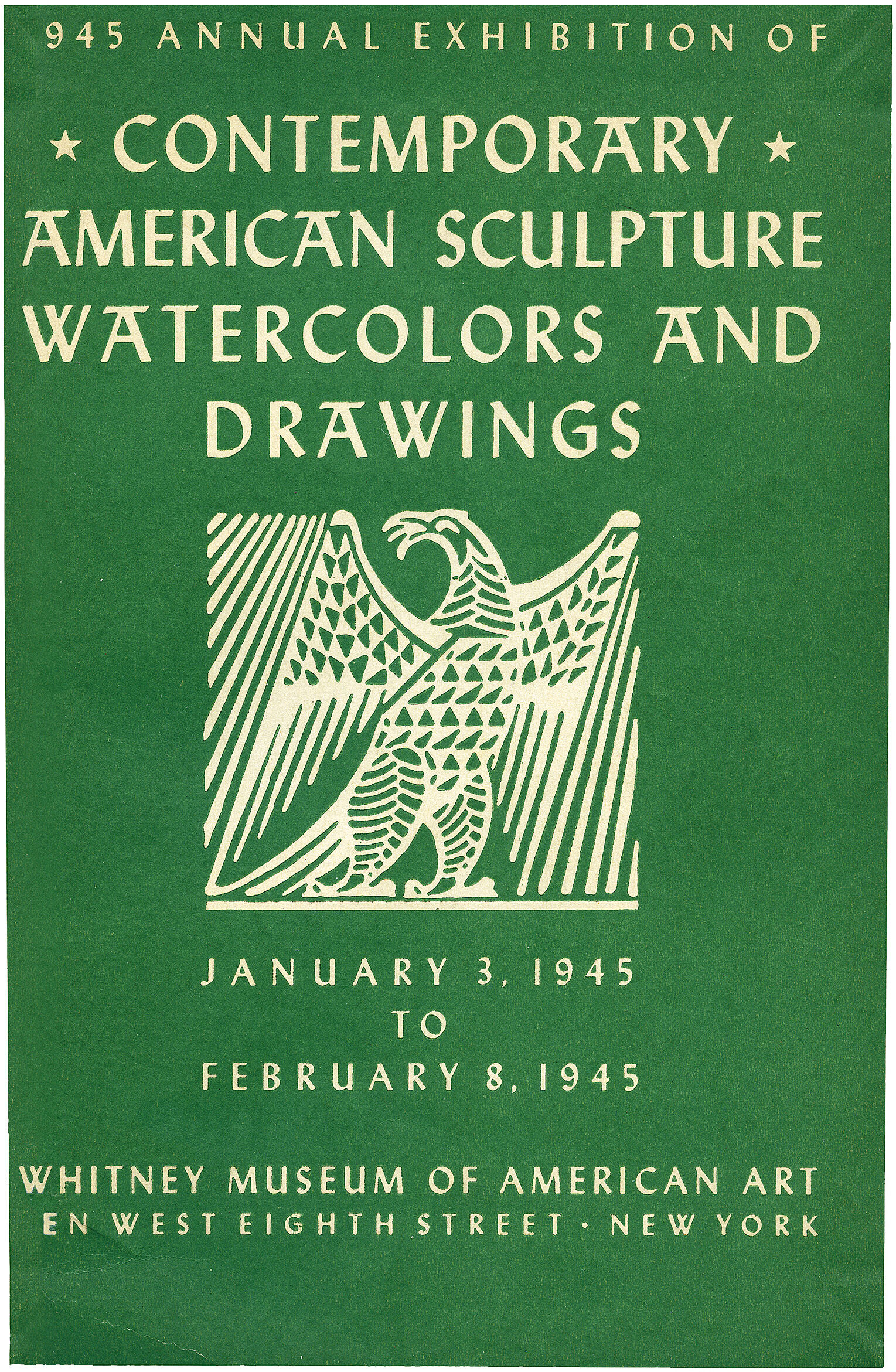Richmond Barthé
1901–1989
Richmond Barthé sculpted the human body with a sensitivity to movement and expression, earning him acclaim during the 1930s and 1940s. At age fourteen Barthé moved from Mississippi to New Orleans, where patrons encouraged him to pursue the formal study of art. In 1924 he began studies at the Art Institute of Chicago and started to work in sculpture, while also taking private lessons with the painter Archibald Motley Jr. Settling in New York in 1930, Barthé quickly joined the artistic and literary circles of the Harlem Renaissance. Along with fellow African American sculptors Meta Fuller, Elizabeth Catlett, and Augusta Savage, he used figuration and the classical sculptural tradition to depict aspects of black American life and culture, drawing particular inspiration from the worlds of music and dance.
Barthé’s plaster African Dancer presents the tensed body of a woman in the midst of a dance; her head is thrown back and her eyes are closed in a gesture of absorption and, perhaps, spiritual transcendence. Following the aesthetic and political theories of Alain Locke, Barthé, like many black American artists, looked to Africa for subjects and symbols in his work, though with only a generic conception of African ritual and costume. African Dancer was Barthé’s first female nude, though the muscular body seems somewhat ambiguously gendered; his sculpture most often treated the nude male and celebrated the masculine form, perhaps a tacit acknowledgment of the artist’s homosexuality. This quietly forceful sculpture expresses the abiding motivation of his work—“to capture the spiritual quality I see and feel in people.”
Introduction
James Richmond Barthé, also known as Richmond Barthé (January 28, 1901 – March 5, 1989) was an African-American sculptor associated with the Harlem Renaissance. Barthé is best known for his portrayal of black subjects. The focus of his artistic work was portraying the diversity and spirituality of man. Barthé once said: "All my life I have been interested in trying to capture the spiritual quality I see and feel in people, and I feel that the human figure as God made it, is the best means of expressing this spirit in man."
Wikidata identifier
Q3431473
Information from Wikipedia, made available under the Creative Commons Attribution-ShareAlike License . Accessed January 2, 2026.
Introduction
African-American sculptor born in St. Louis, Mississippi. He studied at the Art Institute of Chicago and the Art Students League of New York. Barthé was recognized for his realistic figurative sculptures and portraits of African-Americans.
Country of birth
United States
Roles
Artist, painter, sculptor
ULAN identifier
500020064
Names
Richmond Barthé, James Richmond Barthé
Information from the Getty Research Institute's Union List of Artist Names ® (ULAN), made available under the ODC Attribution License. Accessed January 2, 2026.














